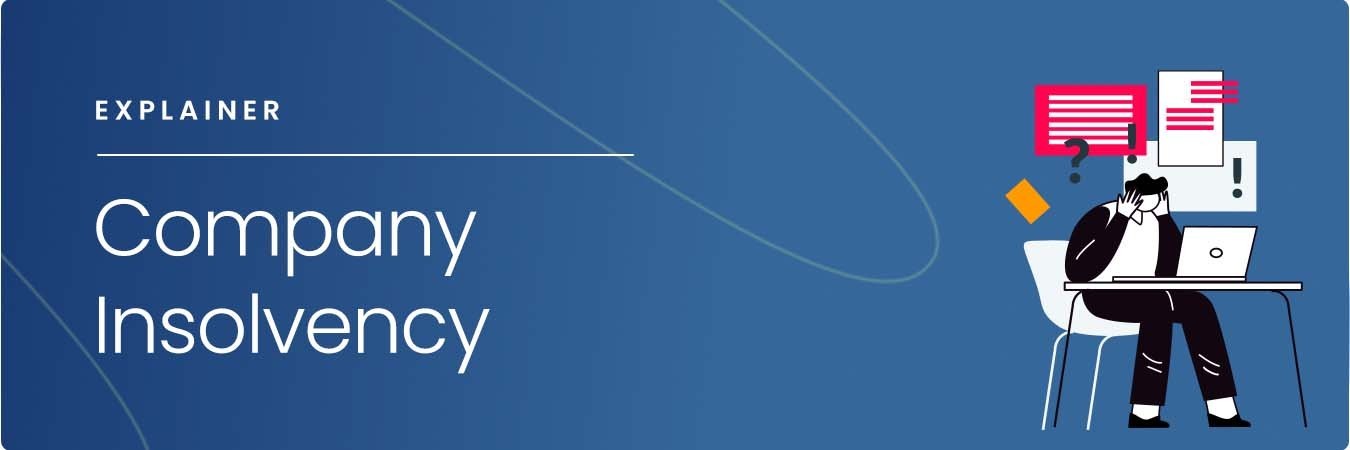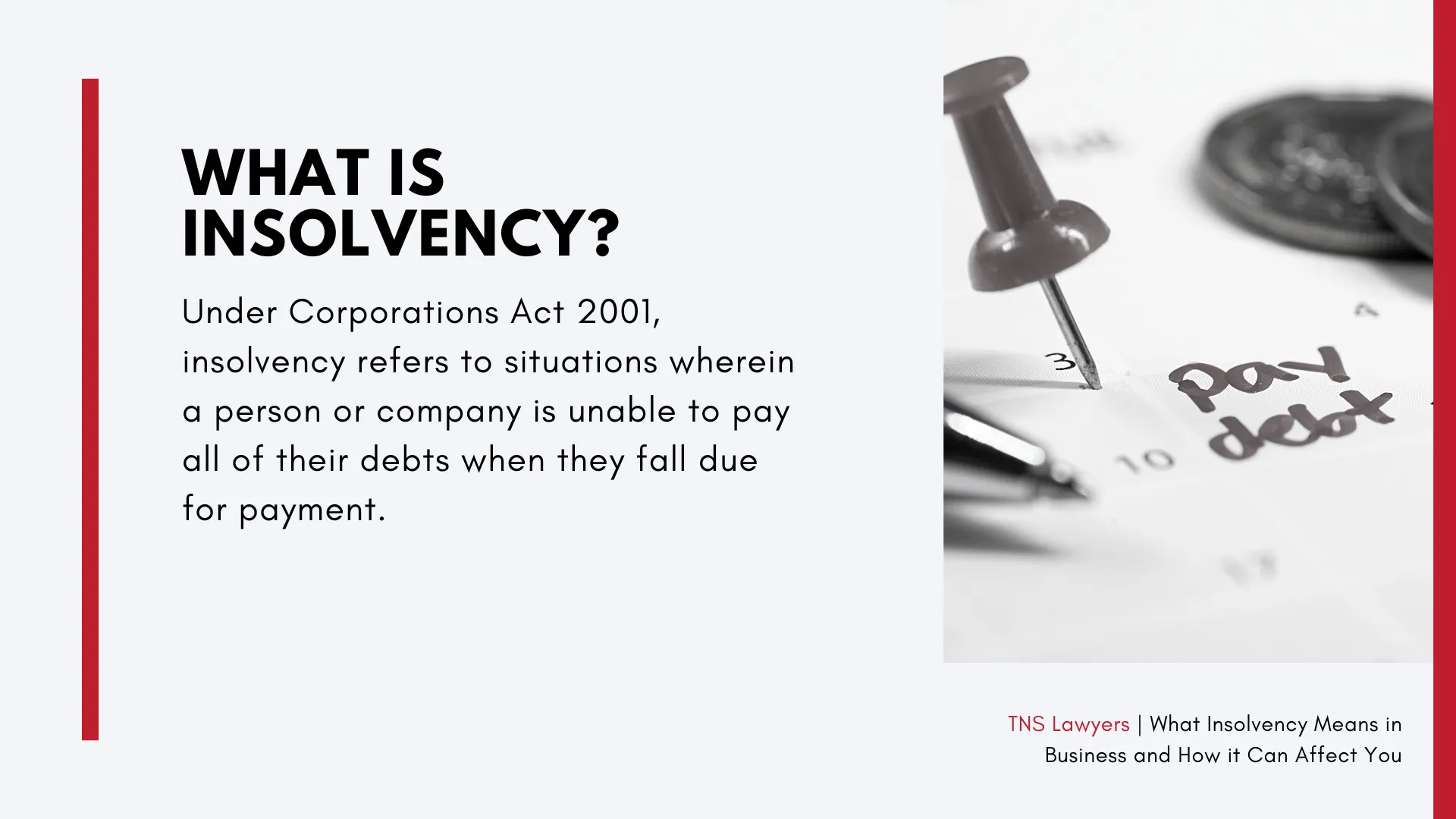Excitement About Insolvency Practitioner
Excitement About Insolvency Practitioner
Blog Article
The Best Guide To Insolvency Practitioner
Table of ContentsNot known Facts About Insolvency PractitionerThe Ultimate Guide To Insolvency PractitionerInsolvency Practitioner Fundamentals ExplainedHow Insolvency Practitioner can Save You Time, Stress, and Money.Insolvency Practitioner Fundamentals ExplainedThe 10-Second Trick For Insolvency PractitionerAn Unbiased View of Insolvency Practitioner
Insurance policy is monitored and controlled by state insurance departments, and among their main purposes is protecting insurance policy holders from the threat of a company in economic distress. When a firm gets in a duration of financial difficulty and is unable to meet its responsibilities, the insurance coverage commissioner in the business's home state initiates a processdictated by the laws of the statewhereby efforts are made to assist the company reclaim its economic footing.If it is identified that the company can not be rehabilitated, the firm is stated insolvent, and the commissioner will certainly ask the state court to get the liquidation of the business. The insurance commissioner, either assigned by the governor or chosen, heads the state insurance coverage division and screens and manages insurance activity within the state.

By obtaining control of a business, the commissioner (or the insurance coverage division) is, by legislation, the rehabilitator or liquidator of the business. In this capacity, the commissioner or division takes control of the company's operations. Rather than do so directly, the commissioner may preserve a special replacement receiver to manage the firm's tasks.
Insolvency Practitioner - Truths
The receiver oversees an accountancy of the business's assets and liabilities and carries out the estate of the business. In doing so, the receiver looks for to maximize the firm's properties, transfer them to cash money, and after that disperse that money to financial institutions having legitimate insurance claims versus the insurance firm based on settlement priorities defined by state law (in all states, policyholders are top priority plaintiffs whose claims are paid prior to those of basic lenders).
All insurance coverage companies (with restricted exemptions) certified to market life or medical insurance or annuities in a state should be members of that state's guaranty organization. The guaranty organization accepts the commissioner and the receiver in pre-liquidation planning. As soon as the liquidation is purchased, the warranty organization gives protection to the business's insurance policy holders that are state homeowners (up to the degrees specified by state lawssee listed below; any type of advantage quantities above the guaranty asociation benefit levels end up being cases against the business's staying assets).
The above protection levels apply independently for each insolvent insurance firm. [Back] When an insurance firm fails and there is a deficiency of funds required to satisfy the obligations to insurance holders, state warranty associations are activated. Guaranty associations have two primary resources of financing when supplying coverage to insurance holders. First, warranty organizations have subrogation legal rights to a proportionate share of the possessions continuing to be in the fallen short insurance provider.
Insolvency Practitioner Fundamentals Explained
Second, insurance companies doing organization in that state are assessed a share of the amount needed to meet the section of the guaranty organizations' covered cases not otherwise funded with estate assets. The amount insurance firms are evaluated is based upon the quantity of premiums that they accumulate in that state. [Back] The National Organization of Life and Wellness Insurance Warranty Organizations (NOLHGA) is comprised of the life and medical insurance warranty organizations of all 50 states and the District of Columbia.
NOLHGA develops a job pressure of depictive warranty associations to collaborate with the insurance coverage commissioner to create a strategy to shield insurance policy holders. For even more info on NOLHGA's duty at the same time, see "What Is NOLHGA?" and "The Security Internet at the workplace." [Back]
You are right here: Insolvency is when a company or person can not pay financial obligations when they schedule. There are a number of choices readily available to a financially troubled firm or person: ASIC regulates firms, it does not take care of individual bankruptcy procedures. For additional information about bankruptcy and personal bankruptcy arrangements, see the Australian Financial Protection Authority internet site.
A Biased View of Insolvency Practitioner
Predictive protection by assisting you choose the best clients and the best markets to prevent poor financial debt in the initial place, many thanks to intense monetary evaluation (Insolvency Practitioner). Thorough market knowledge, providing you with 360-degree exposure on company sectors and putting in jeopardy difficulties. It would certainly be a simplification to think a trade credit history insurance coverage starts and finishes with premiums and pay-outs
This can occur for a variety click this link of reasons, consisting of poor monetary monitoring, unexpected expenses, or a change out there. If a firm is insolvent, it may my explanation be compelled to shut down or sell properties to pay creditors. This can have a significant influence on business, staff members, and investors.
The smart Trick of Insolvency Practitioner That Nobody is Talking About
Why does a business enter into bankruptcy? There are a number of factors why a business might get in into insolvency.

The Main Principles Of Insolvency Practitioner
This can have major ramifications for the business, its stakeholders, creditors and the economic situation. The company may be forced to market possessions, lay off personnel or even close down. This can have a ripple effect on the neighborhood neighborhood and the economic climate in its entirety. Financial institutions might be left out of pocket and the firm's investors might see their investment go away.
This can take place for a variety of reasons, including bad financial monitoring, unexpected expenses, or a change out there. If a business is insolvent, it might be compelled to shut down or sell off assets to pay financial institutions. This can have a significant effect on business, workers, and shareholders.
The Single Strategy To Use For Insolvency Practitioner
Why does a company enter into bankruptcy? There see this site are a number of reasons why a business might get in right into insolvency.
Other factors for bankruptcy include fraudulence, mismanagement, and unexpected prices. Bankruptcy can likewise lead to job losses and the closure of services.
This can have severe implications for the firm, its stakeholders, financial institutions and the economic situation. The firm may be compelled to sell properties, lay off team or even shut down. This can have a ripple effect on the neighborhood community and the economic situation as a whole. Creditors may be overlooked of pocket and the company's shareholders might see their investment vanish.
Report this page